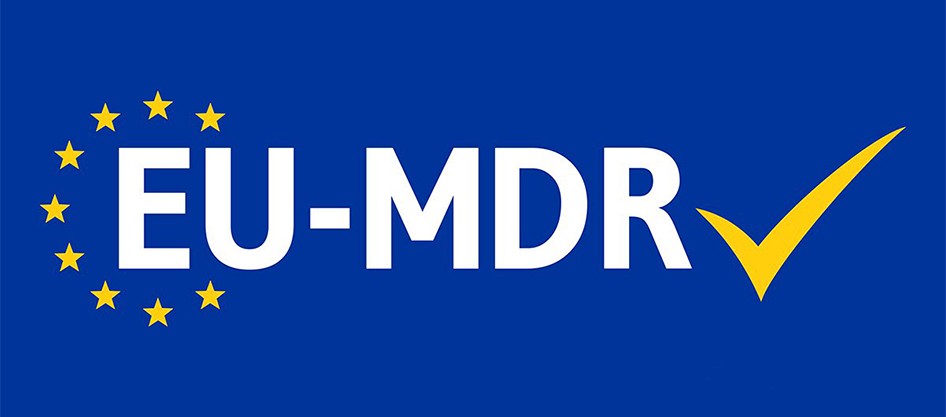Last year, we wrote about the compliance measures listed in the European Union (EU)’s Medical Device Regulation that talk about content and its translation. The Regulation is entering into force today, May 26th.
Many medical device companies are scrambling to comply. However, as we see it, not all of them are getting the content part right. As a result, their applications often get rejected. They have not only lost time, but also the effort and resources spent on compliance.
Based on our experience of translation in the life sciences field, here are a few quick tips to help with MDR compliance.
Context is critical for quality
A word can have more than one meaning. As such, it can have more than one translation. The key to the most appropriate translation here is the context the word finds itself in. Seeing the context helps a translator understand how exactly a word needs to be translated, without prolonged back and forth.
So, when a client just throws bits of text over the wall, without providing the context, translators are working blind. This can often lead to errors. Please provide information about the product when you send the content for translation.
Many, many languages
The MDR stipulates that translations of Instructions for Use (IfU) and Summary of Safety and Clinical Performance (SSCP) be available in all 24 languages of the EU states. This is a huge undertaking. Hence, commensurate time and budget are required.
Also, please note that any change in the source/original text will need to be replicated in all the languages.
There needs to be company-wide awareness of these factors, to ensure the budget is in place and teams work together to produce the content on time for translation.
Optimize the process with the use of technology
Because of the scale of the project, using technology is essential to bring speed and greater efficiency. Computer-aided translation (CAT) tools are available to manage terms and translations.
You might be creating new terms or removing some old ones from your content in the interest of MDR compliance. A terminology management tool will help keep track of the terms updated or removed. It also serves as a place to store definitions of the term.
Translated phrases and sentences can be stored in a database for re-use later. This saves a lot of time and money when translating new content that might have the same phrases or sentences that have been translated earlier.
The multilingual content company you work with must also be experienced in the use of machine translation (MT) and post-editing. The MT engine needs to be trained for life sciences and fine-tuned for the language combinations you are working in. The output of the MT engine must be reviewed and edited by a trained MT editor, so that no errors remain in the published text. As this is medical device content, there is no room for errors.
Use plain language
This is the first step before translation, as it is about the source content. The MDR requires that the content must be easily understood by the user of the device. Else, your translations may still be rejected, regardless of the quality.
Write content in plain language, so that the subsequent translations are also easy to understand by a diverse audience. To write in plain language, the first requirement is that you know who the target audience is. Some devices are meant to be used by patients directly or sometimes by medical professionals and lay people. Children might be the intended audience. In that case, you might be writing for parents if the child is very young or directly to adolescents. When there are mixed audiences, you may have to create different versions of the text.
Partner with a language service company
For all the reasons listed above, working closely with a translation provider is critical to handle the documentation process from beginning to end. If the language service company is involved from the scratch, it will create the content in plain language and tailored to the health literacy levels of the audience. This not only makes the text simple enough to be understood, but makes translations easier, too.
Multilingual content companies can also advise on the use of technology and handle the project with attention to very small details. Their extensive domain experience and project management skills makes the whole process scalable and produces better quality.
If you are a medtech manufacturer with many product lines, document management becomes an ongoing and full-time task. Each time, there is an update to the product, the content has to be written according to the requirements of MDR and then translated in all the EU languages. You also need to maintain revision history for all the languages.
Clearly, translation is not an add-on task, but a critical business process. Partnering with the right language service company lets you concentrate on your core tasks and makes content management cost-effective.

We welcome the opportunity to work with you and bring your products to the EU market. We offer:
Years of experience working with medical device manufacturers.
Plain language communication to enable clear understanding of the product use instructions.
Use of technology to streamline and expedite the translation process, re-use content, and maintain consistent quality.
Extensive network of veteran linguists in all the major EU languages.
Round-the-clock coverage with offices in Paris, Buenos Aires, and Bangkok.
Vijayalaxmi Hegde








